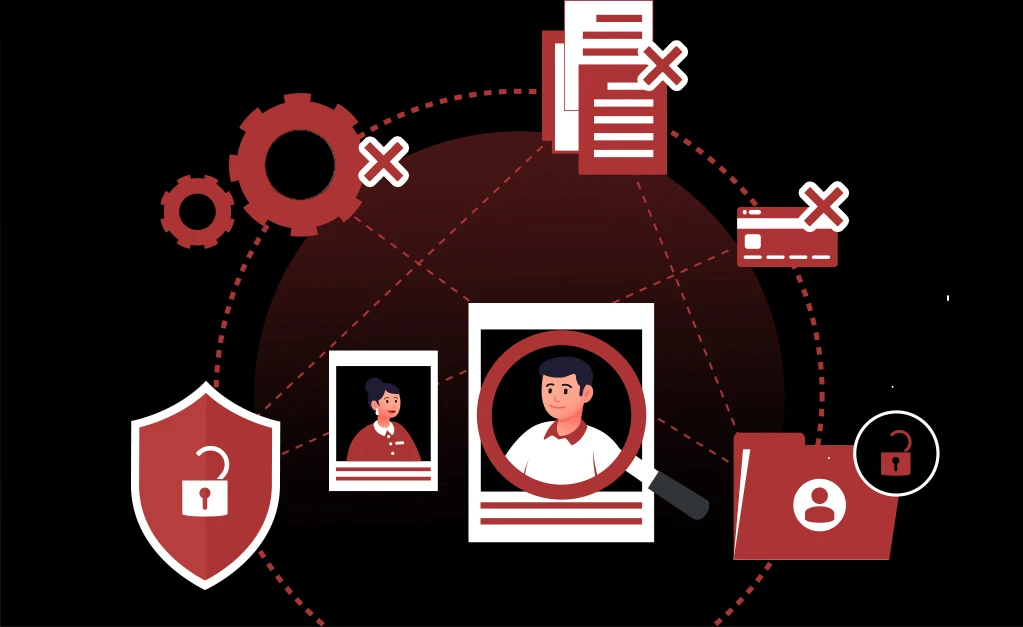Beyond Workday: Why Socially Engineered SaaS Breaches Are Spreading

Cybersecurity headlines often highlight stolen databases, ransomware demands, or nation-state exploits. The recent security breach at Workday, however, shows how attackers are evolving in quieter, subtler ways. Hackers didn’t smash through a firewall or exploit a zero-day; they relied on persuasion. By impersonating HR staff, they tricked someone into granting access to a third-party CRM system. The result: exposure of “commonly available” business contact data, not sensitive business records.
On the surface, the damage seems minimal. But the real story is that this incident is part of a larger pattern of socially engineered attacks targeting SaaS platforms: a trend that could prove more destabilizing than traditional malware.
The Incident in Context
Workday confirmed on August 15 that attackers used a social engineering ruse to compromise its third-party CRM system. Threat actors posed as members of HR to elicit cooperation from employees, ultimately gaining entry to business data. The company emphasized that customer tenant data remained secure and that only contact details like names, emails, and phone numbers were accessed.
Yet, those details are far from harmless. Attackers can weaponize them to create convincing phishing or vishing attempts against employees, customers, or partners. Security researchers quickly linked the attack to ShinyHunters, an extortion group known for targeting Salesforce environments across global enterprises. This campaign has already affected major brands in industries ranging from fashion to aviation. Workday, it seems, is just one more stop along their supply chain-oriented strategy.
SaaS Applications as the New Attack Surface
The breach underlines a growing truth: modern enterprises are defined by their SaaS stack. Applications like Workday, Salesforce, Microsoft 365, and ServiceNow form the operational backbone of most Fortune 500 firms. But every SaaS platform also represents an attack surface.
Traditional perimeter defenses assume threats come from outside the network. In reality, attackers often use legitimate logins to navigate directly into SaaS applications. Once inside, they blend into normal traffic, making detection difficult. Further, cyber attackers don’t restrict their efforts to exploiting a single vendor; instead, they continuously move through the broader ecosystem, strategically identifying and targeting any weak points they can find, always on the lookout for the next vulnerability to exploit.
That ecosystem is vast. A single enterprise may rely on dozens of SaaS platforms, each integrated with the others. A breach in one system rarely stays contained; it ripples outward.
Social Engineering 2.0
Social engineering is hardly new, but attackers are retooling it for the SaaS era. Instead of sending crude phishing emails, they now impersonate HR or IT staff in highly tailored campaigns. An urgent phone call about account access or a convincing internal message can be enough to trick even security-conscious employees.
These tactics are effective because they exploit trust. Employees naturally want to cooperate with colleagues in critical departments. They may also fear professional repercussions if they push back. By leveraging psychology rather than technical exploits, attackers sidestep many of the controls organizations have spent years building.
The Real Risk Isn’t the First Breach
Workday stressed that no sensitive data or records were exposed. While that is reassuring, it risks downplaying the broader threat. Attackers don’t need to hit the jackpot immediately. Contact data from one vendor can be leveraged to breach another. Each successful intrusion is a stepping stone.
The cybercrime economy thrives on this chain reaction. Contact lists are sold on dark web markets, fueling new phishing waves. Stolen CRM records help attackers pose more convincingly as insiders. Over time, even “low-value” breaches accumulate into a web of compromised trust that stretches across industries.
Enterprises that focus only on whether their own systems were directly breached may miss the bigger picture. In a SaaS-connected world, risk is shared, and one vendor’s compromise can quickly become everyone’s problem.
What Companies Can Learn About SaaS Security
So what should enterprises take away from the Workday incident? First, employee education remains critical. Staff need to know that refusing to provide sensitive details over the phone, even when pressured, is not insubordination but policy. Clear procedures that forbid password or token sharing through unofficial channels must be reinforced regularly.
Second, organizations must accept that vendor assurances are not enough. As ShinyHunters’ campaign demonstrates, attackers see SaaS vendors as a network, not as isolated targets. Defending against that reality requires continuous monitoring of identity behavior within SaaS platforms.
Finally, detection must happen at machine speed. By the time a manual investigation begins, attackers may already have pivoted to another system. Security teams need tools that can highlight anomalies in real time and respond automatically to contain identity-based threats.
Why ITDR Matters
This is where Identity Threat Detection and Response (ITDR) becomes essential. Unlike traditional SaaS security tools that focus on configuration settings, ITDR zeroes in on identity: the credentials, sessions, and privileges that attackers increasingly exploit.
CheckRed ITDR delivers this capability with:
- Real-time detection of privilege escalation, dormant account reactivation, brute force attempts, and anomalous logins.
- AI-driven behavioral analytics that flag deviations from normal activity, catching subtle compromises before they escalate.
- 24/7 SaaS monitoring across platforms like Salesforce, Workday, Microsoft 365, and ServiceNow, ensuring no identity blind spot is overlooked.
- Context-rich investigations that map each threat to specific users and permissions, giving security teams clarity and speed.
The Workday breach is a reminder that SaaS identity is now the frontline of enterprise security. Protecting it requires moving beyond vendor trust and static defenses. With ITDR from CheckRed, organizations can spot attacks in progress, cut off escalation paths, and safeguard the trust that underpins every SaaS-driven business relationship.


